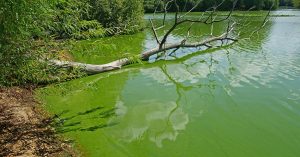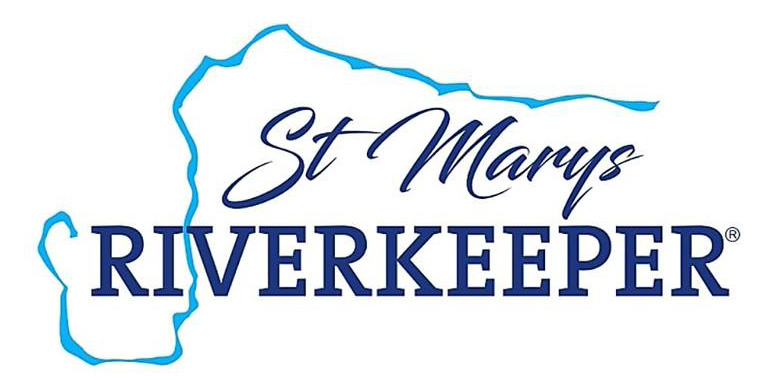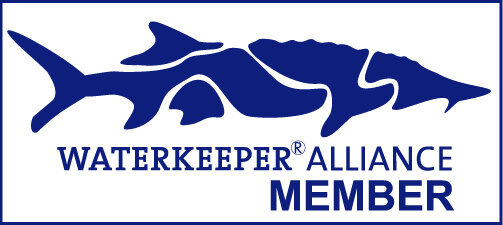You need to know St. Marys Riverkeeper has made it a priority since our founding in 2016 to minimize threats, to test and monitor water quality, and to make sure our river is much better understood. For the most part our river is very clean and we are working hard to keep it that way! You may read more about that under our Success Stories & Projects.
In 2014, the United States Environmental Protection Agency listed the St. Marys River as “Impaired” due to not meeting the state regulatory requirements for pollution and health safety standards. The following conditions accounted for 8% of the streams in the watershed.
- Fecal Coliform
- Sediments (nutrients)
- Mercury in fish tissue
- Dissolved Oxygen
- Turbidity

Fecal coliform is bacteria caused by animal waste. In this case, E. coli, a form of fecal coliform, is evidence of human waste. This is caused by poorly maintained residential septic systems near the edge of the river or its tributaries. When it rains, human waste is washed into the river causing the formation of E. coli bacteria which can result in severe gastrointestinal problems in humans if consumed when swimming or eating fish or shell fish (oysters) living in the river.
You need to know: E. coli is the primary focus of our bacteriological water testing program. We have had many successful projects to target and eliminate sources of pollution.
Robust water quality testing is key to identifying the sources of fecal coliform. Once identified, measures can be taken to encourage (or even to force) landowners to clean up their septic systems to prevent the continual run-off of human waste into our waterways. Chemical and biological water testing up and down the river can identify and trace threats… back to the source! See Water Monitoring Page
Sediments (nutrients) are caused by surface run-off from improper land use and development. Unacceptable levels of sediments measured by turbidity causes the water to appear murky with immersed particulate matter. When settled to the bottom, the sediments cause an ever thickening mud deposited on bottom. Our oyster populations are severely impacted by increased sedimentation covering their oyster beds and thereby reducing populations.

Mercury in fish tissue can be caused by particulate matter in air. Some believe it comes from upwind coal-fired power plants and it has been linked to forest fires. It impacts fish when it settles in the surface water and can be exacerbated when mixed with tannin rich blackwater rivers, low in dissolved oxygen, as is the Okefenokee Swamp, the St. Marys and its tributaries throughout the watershed.
Land use permits and business practices must be vigorously monitored to identify problems before they happen and ensure that the permits highlight proper environmental best practices as the foundation of the business plan. This can make certain that pollution, silt and sediments are minimized and fully removed from surface run-off prior to exiting their perimeter and thus entering our waterways. Moreover, in large scale development projects, funding robust water quality testing programs downstream will monitor and identify specific threats to ensure long term compliance by alerting us to any existence of heavy metals like mercury and arsenic or sediment surface run-off make it into the watershed..



